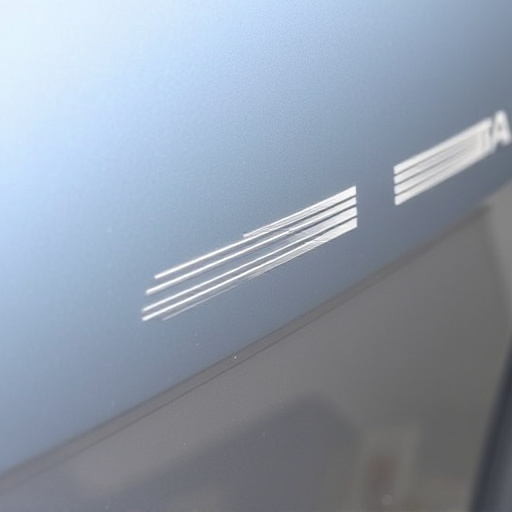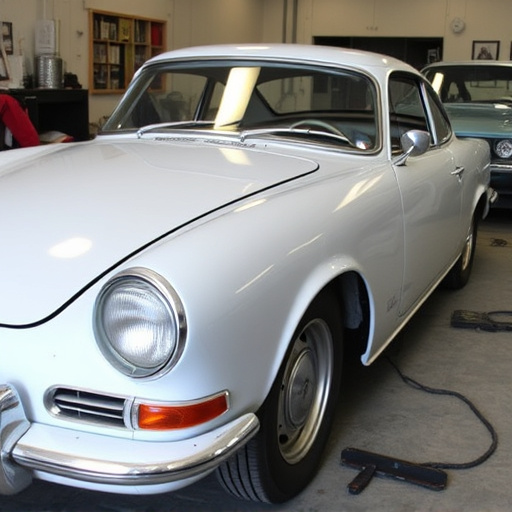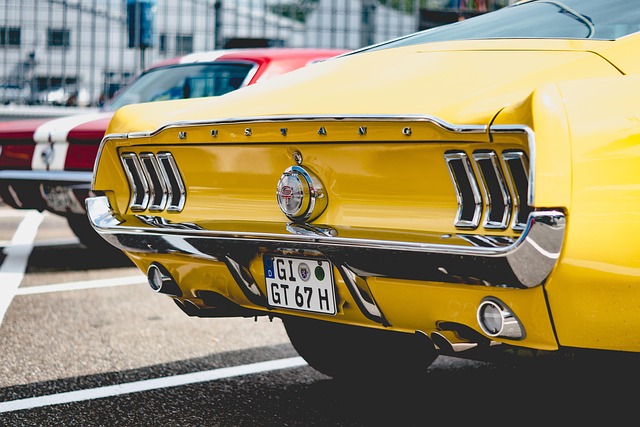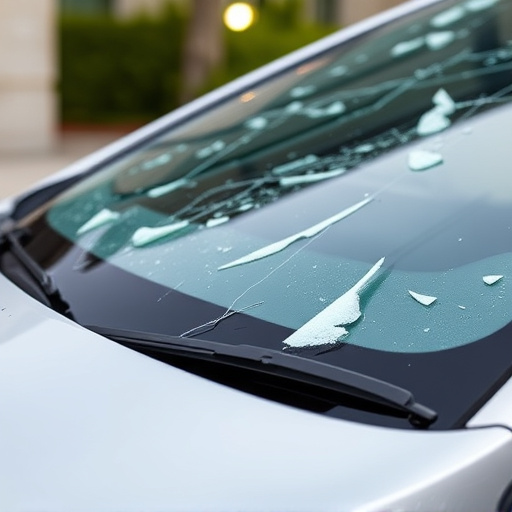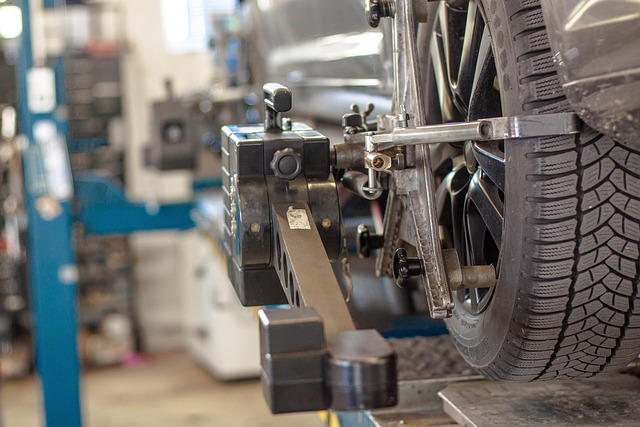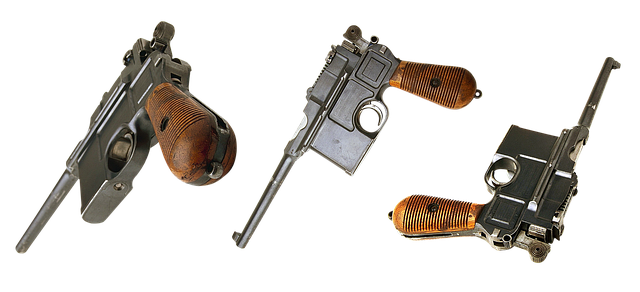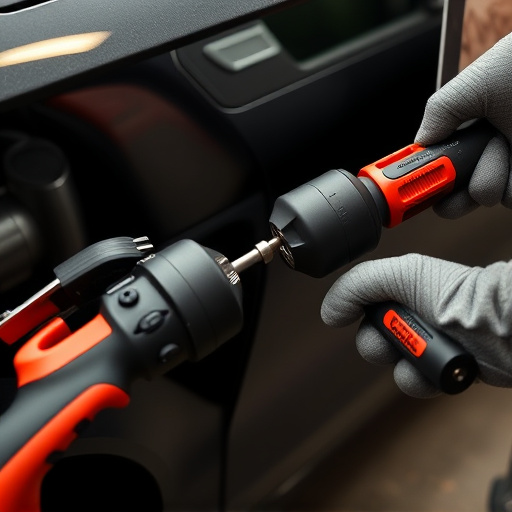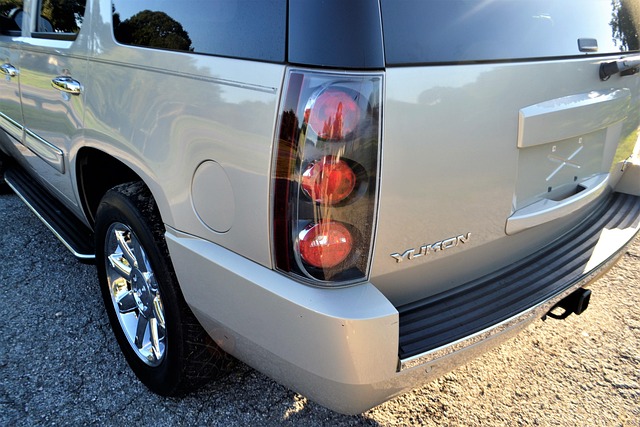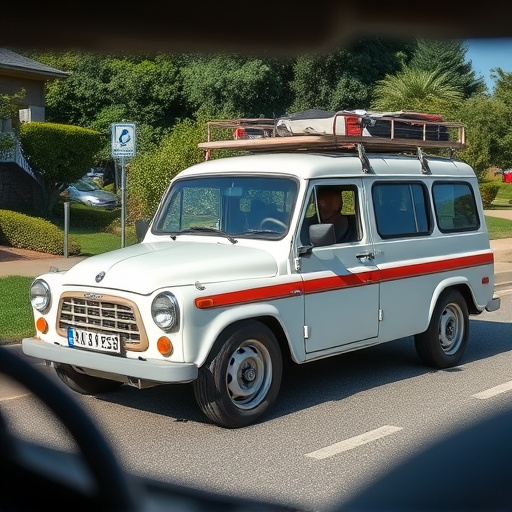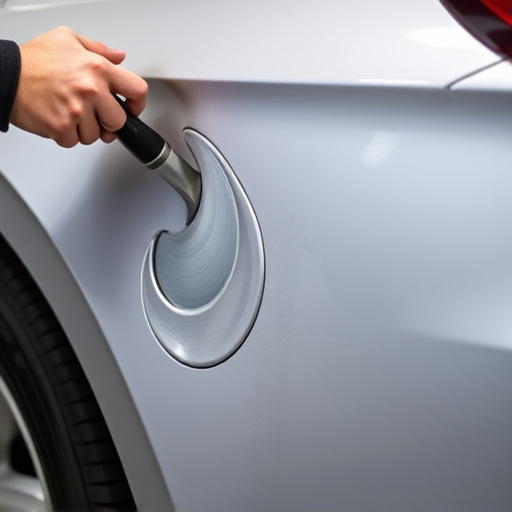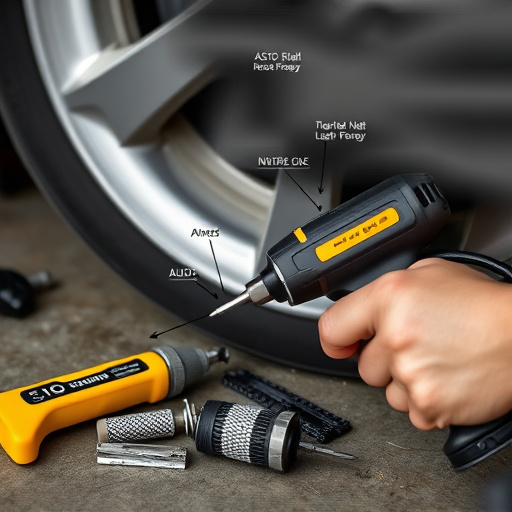Tesla structural repair requires specialized techniques due to unique materials and intricate builds. Silicon Bronze Welding, a cutting-edge method using silicon and bronze alloy, offers superior corrosion resistance and aesthetic appeal. This guide outlines meticulous steps for effective repairs: inspection, flux treatment, skilled welding, cooling, quality inspection, sanding, priming, and painting for top-notch results.
Tesla vehicles, renowned for their cutting-edge technology, can face structural damage due to various factors. This article explores effective repair methods using silicon bronze welding, a promising solution for Tesla owners. We delve into understanding specific Tesla structural issues and how they differ from conventional cars. Then, we present a step-by-step guide to utilizing silicon bronze welding, offering a comprehensive approach to ensuring robust and long-lasting repairs tailored to Tesla’s unique requirements.
- Understanding Tesla Structural Damage and Repair Needs
- Silicon Bronze Welding: A Promising Solution for Tesla Repairs
- Step-by-Step Guide to Effective Tesla Structural Repair Using Silicon Bronze
Understanding Tesla Structural Damage and Repair Needs

Tesla vehicles are renowned for their cutting-edge technology and innovative design, but like any other car, they can suffer structural damage. Understanding Tesla structural repair involves recognizing that these electric vehicles often have unique challenges due to their advanced materials and intricate designs. Damage may occur from accidents, collisions, or even manufacturing defects, leading to issues with the vehicle’s frame, chassis, and body panels.
When it comes to repairing Tesla structures, an automotive body shop equipped with specialized tools and knowledge is essential. Frame straightening techniques play a crucial role in realigning bent or damaged metal components. The process requires precision to ensure the car maintains its structural integrity and safety standards. Additionally, car paint repair skills are vital to restoring the vehicle’s aesthetic appeal, as Tesla’s sleek designs demand meticulous attention during the repainting process.
Silicon Bronze Welding: A Promising Solution for Tesla Repairs
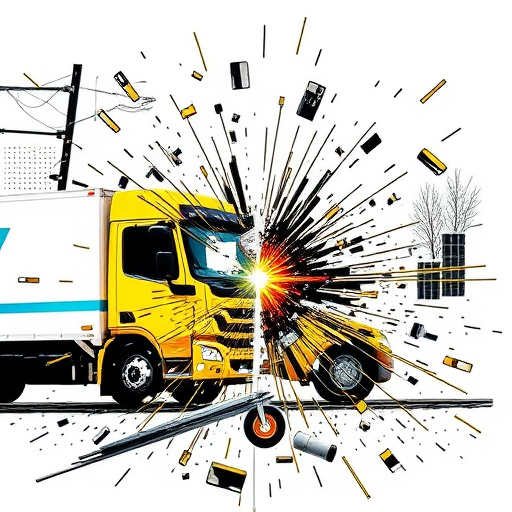
Silicon Bronze Welding is emerging as a promising solution for Tesla structural repairs, offering both aesthetic and functional benefits. This innovative technique utilizes a unique alloy composed of silicon and bronze, which possesses exceptional properties that make it ideal for repairing complex automotive structures. One of its key advantages is its superior corrosion resistance, ensuring the longevity of the repair and maintaining the vehicle’s integrity in diverse weather conditions.
Moreover, silicon bronze welding provides excellent adhesion and strength, making it a reliable choice for joining various metals commonly found in Tesla vehicles. This method allows for precise and intricate welds, enabling skilled technicians to restore components to their original specifications. With its ability to match the vehicle’s aesthetic qualities, this welding technique is particularly valuable for collision repair services and body shop services, ensuring that restored Teslas not only drive smoothly but also retain their sleek and modern appearance, enhancing the overall vehicle restoration experience.
Step-by-Step Guide to Effective Tesla Structural Repair Using Silicon Bronze
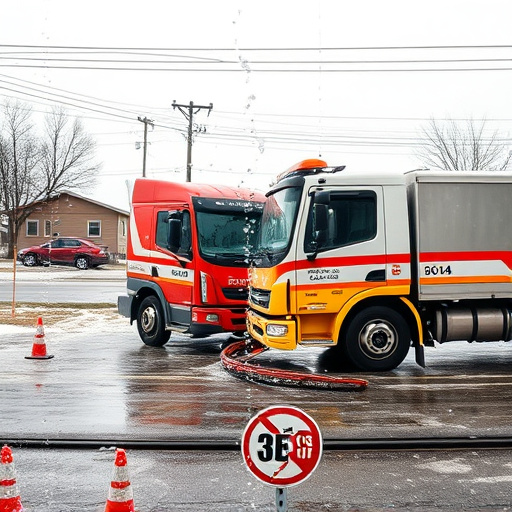
Tesla structural repair requires precision and expertise, especially when employing Silicon Bronze welding methods for superior strength and corrosion resistance. Here’s a step-by-step guide to ensure effective Tesla structural repair:
1. Preparation: Begin by thoroughly inspecting the damaged area of the Tesla car bodywork. Remove any debris or loose parts. This stage is crucial in achieving a solid bond during the welding process, so take your time to ensure every detail is clean and precise.
2. Surface Treatment: Before welding, treat the affected area of the automotive restoration. Use an appropriate flux to prevent oxidation and ensure good adhesion. Flux also provides protection against future corrosion, which is essential for longevity in a Tesla’s unique materials and designs.
3. Welding Technique: Employ skilled hands to apply Silicon Bronze welding. This method involves melting the bronze and fusing it into the car bodywork, creating a strong bond. The welder should use precise heat control and careful manipulation of the torch to achieve a clean, consistent weld. Ensure the joint is smooth and free from any impurities.
4. Cooling and Inspection: Allow the weld to cool thoroughly, then inspect for quality. Check for proper penetration, ensuring the weld is strong and uniform throughout. Address any imperfections immediately, as they could compromise the structural integrity of the collision repair.
5. Finishing Touches: Once satisfied with the welding, apply appropriate finishes to match the Tesla’s original aesthetics. This step may involve sanding, priming, and painting, ensuring the restored area seamlessly blends into the rest of the vehicle.
Tesla structural repair requires innovative solutions that match the advanced engineering of these vehicles. Silicon bronze welding emerges as a promising method, offering excellent strength and corrosion resistance for long-lasting repairs. By following a meticulous step-by-step guide, professionals can effectively restore Tesla structures to their original integrity, ensuring safety and performance for years to come. This article has highlighted the benefits and process of using silicon bronze welding in addressing Tesla’s unique structural repair needs.
